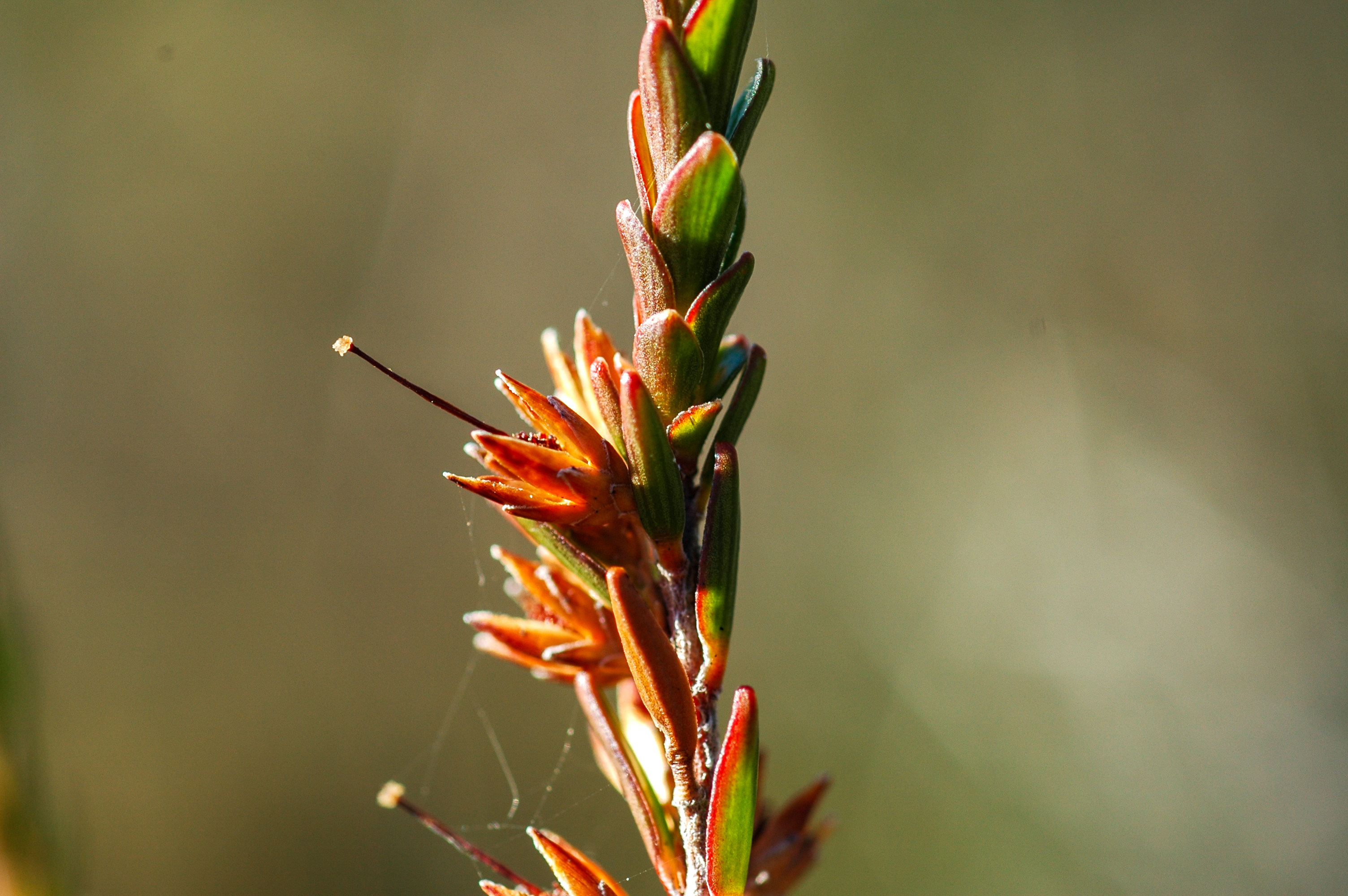Epacris Corymbiflora on:
[Wikipedia]
[Google]
[Amazon]
 ''Epacris corymbiflora'' is a species of flowering plant in the heath family, Ericaceae, and is endemic to Tasmania. It is a low, spreading shrub with elliptic leaves and white, tube-shaped flowers.
''Epacris corymbiflora'' is a species of flowering plant in the heath family, Ericaceae, and is endemic to Tasmania. It is a low, spreading shrub with elliptic leaves and white, tube-shaped flowers.
bog method
seed should be spread over the surface of the propagation mixture. If such medium is kept constantly moist, germination should occur within 10–20 weeks.
 ''Epacris corymbiflora'' is a species of flowering plant in the heath family, Ericaceae, and is endemic to Tasmania. It is a low, spreading shrub with elliptic leaves and white, tube-shaped flowers.
''Epacris corymbiflora'' is a species of flowering plant in the heath family, Ericaceae, and is endemic to Tasmania. It is a low, spreading shrub with elliptic leaves and white, tube-shaped flowers.
Description
''Epacris corymbiflora'' is a spreading shrub that grows up to high and wide. The leaves are crowded, elliptic or diamond-shaped, long with a small point on the tip and the edges curved upwards. Both sides of the leaves are green and there are a few more or less parallel veins. Flowering occurs in summer and the flowers are arranged in dense, more or less spherical groups near the ends of branches, each flower tube-shaped, white and about in diameter.Taxonomy and naming
''Epacris corymbiflora'' was first formally described in 1857 by Joseph Dalton Hooker in '' The botany of the Antarctic voyage of H.M. Discovery ships Erebus and Terror. III. Flora Tasmaniae'' from specimens collected near the Franklin River in Macquarie Harbour byRonald Campbell Gunn
Ronald Campbell Gunn, Fellow of the Royal Society, FRS, (4 April 1808 – 13 March 1881) was a South African-born Australian Botany, botanist and politician.
Early life
Gunn was born at Cape Town, Cape Colony, (now South Africa), the son of W ...
.
Distribution and habitat
This epacris is common in moorland environments and button grass heath in near-coastal areas of Tasmania.Use in horticulture
''Epacris corymbiflora'' grows well in containers or pots due to its excellent capacity as a dwarf species. The seed of some strains exhibits a dormancy stage that is reportedly overcome by storage in a dark place for 3–6 months. If using thbog method
seed should be spread over the surface of the propagation mixture. If such medium is kept constantly moist, germination should occur within 10–20 weeks.
References
{{Taxonbar, from=Q15376819 corymbifolia Endemic flora of Tasmania Taxa named by Joseph Dalton Hooker Plants described in 1857